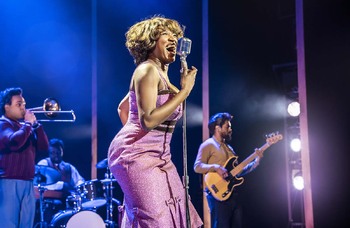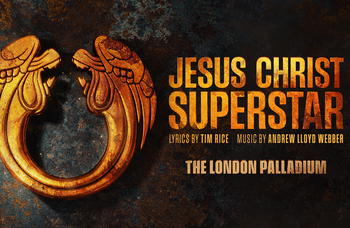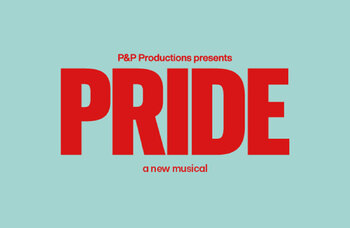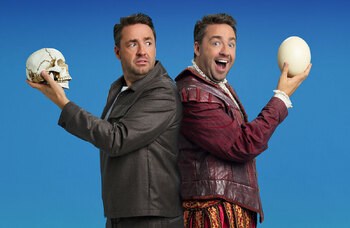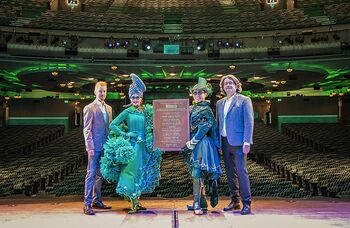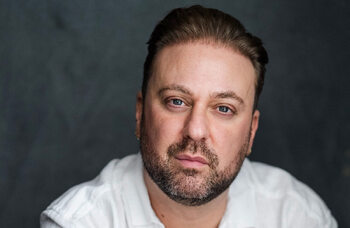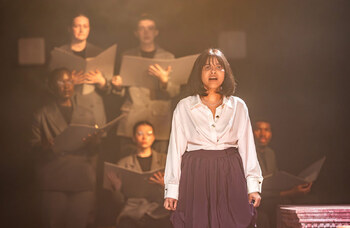When it comes to new British musicals, size matters
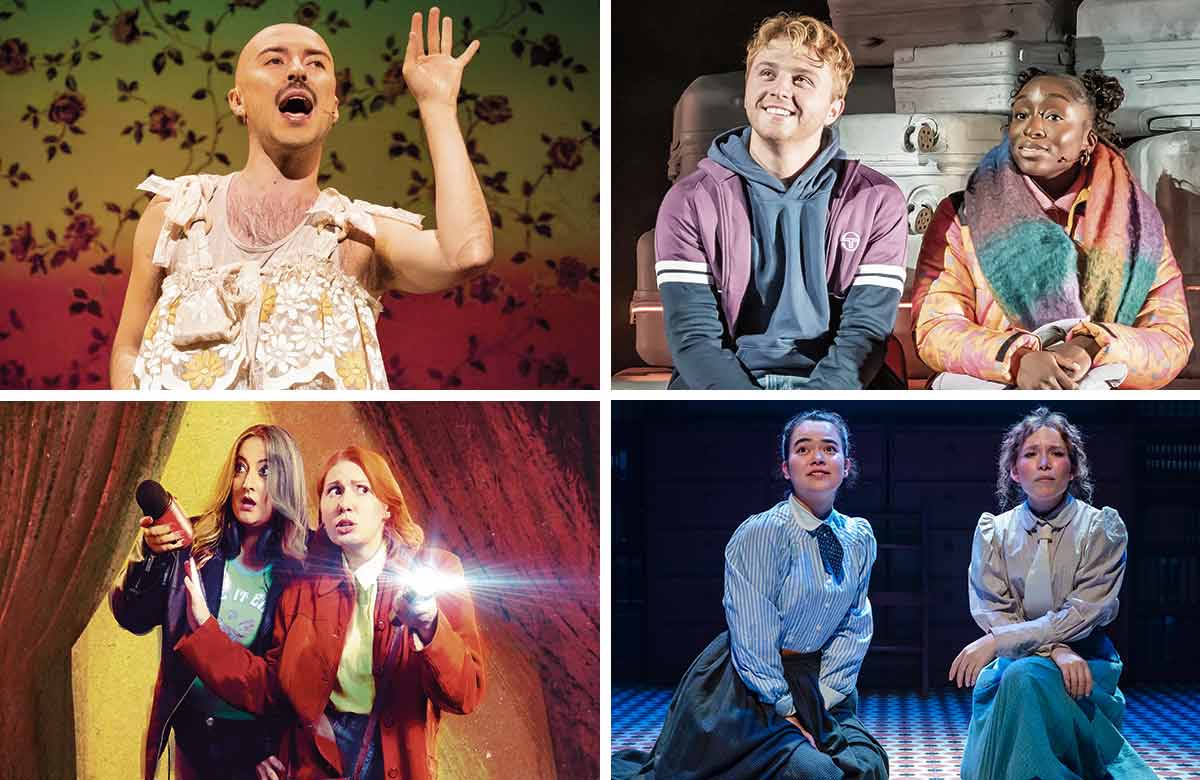
Small-scale success stories, clockwise from left: My Son’s a Queer (But What Can You Do?); Two Strangers (Carry a Cake Across New York); Ride; and Kathy and Stella Solve a Murder!. Photos: Mark Senior/Marc Brenner/Danny Kaan
THIS IS NOT A PAYWALL
Serious about theatre?
Join over 100,000 theatremakers who rely on The Stage for trusted news, reviews, and insight.
🔓 Sign in below or create a free account to read 5 free articles.
Want to support independent theatre journalism? Subscribe from just £7.99 and unlock:
🗞️ Unlimited access to award-winning theatre journalism
⭐ 1000+ reviews from across the UK
📧 Breaking news and daily newsletters
💡Insight and opinion from writers including Lyn Gardner & Amanda Parker
🎟️Discounts and early access to The Stage’s events
Opinion
Recommended for you
Advice
Recommended for you
Most Read
Across The Stage this weekYour subscription helps ensure our journalism can continue
Invest in The Stage today with a subscription starting at just £7.99
 Jake Brunger
Jake Brunger